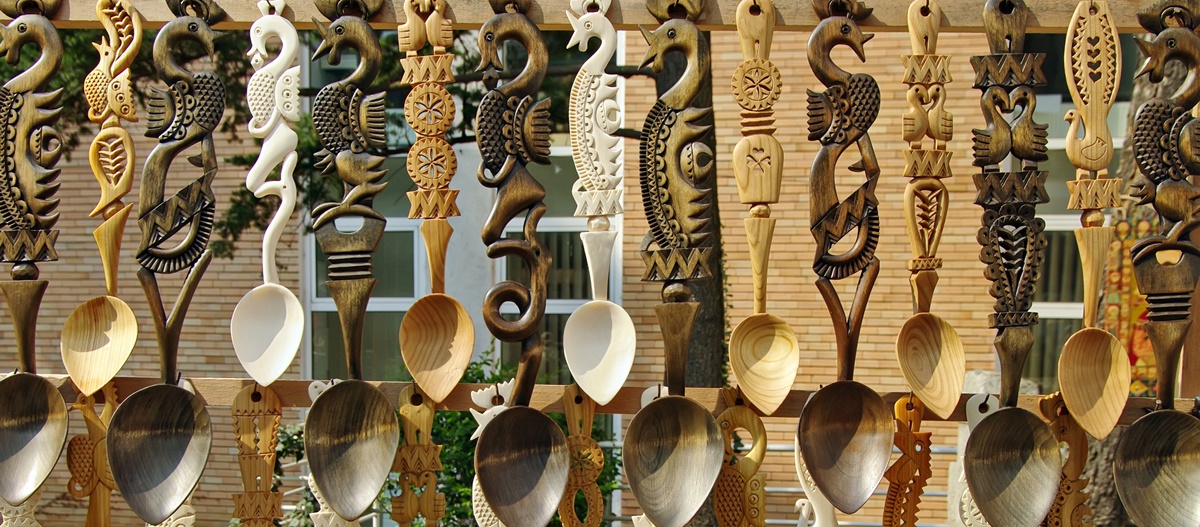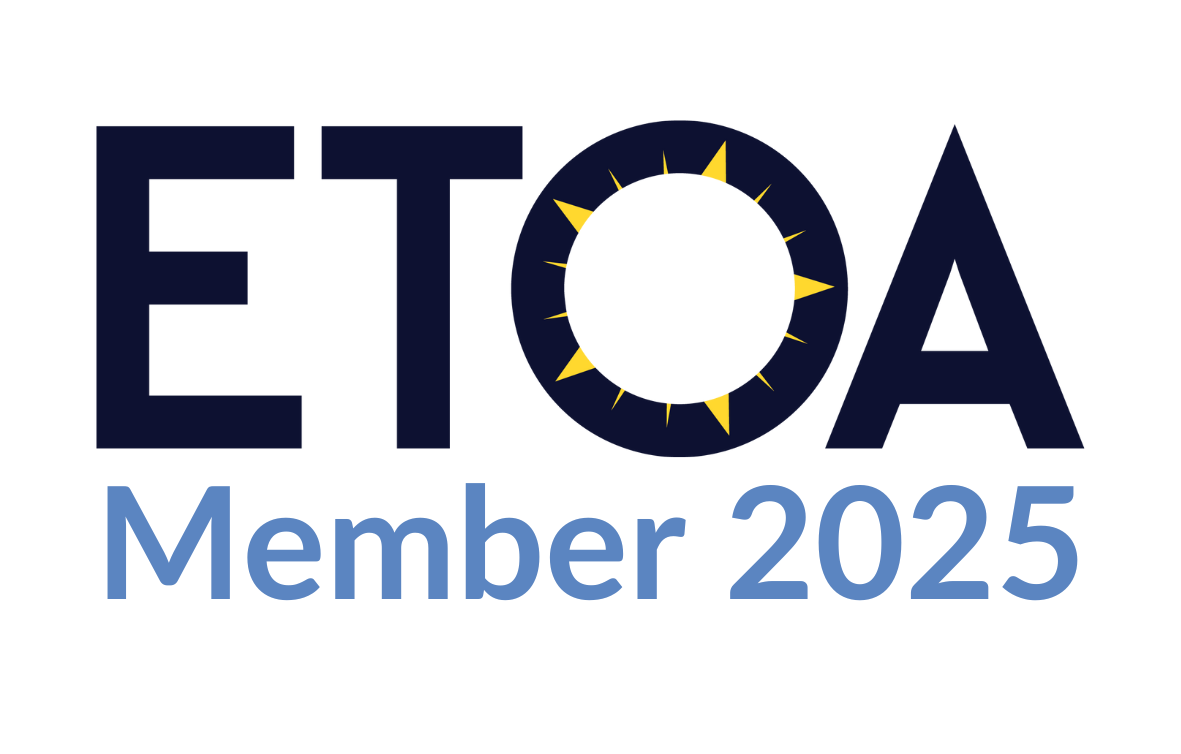Prejmer Fortified Church
A fortified Lutheran church, the Prejmer fortified church is located in Prejmer, Brasov County, in Transylvania. It is an essential stop on any tour of medieval Transylvania. The historical location has achieved exceptional success and is currently listed among UNESCO's World Heritage Sites.
Background of the church. King Andrew II of Hungary gave the knights permission to settle in the area near Prejmer around 1211. In that location, they started building a Gothic-style chapel around 1218. The church was built in the shape of a cross and was finished in 1225. Prejmer was the first spot Ottoman soldiers or other invaders faced after passing through the Buzau Pass. The village was destroyed more than 50 times between the 13th and 17th centuries, but the church was only rarely taken.
The church was heavily fortified in the fifteenth and sixteenth centuries as a result of its strategic location. There are four levels of rooms and storage space on the interior side of the wall, which is backed by a battlement. In the unlikely event of an invasion, the more than 270 rooms might provide shelter for almost 1600 people. Each household in the surrounding area had a specific chamber assigned to it in the fortress where it could keep its supplies and serve as a shelter in the case of an enemy invasion. The "death machine," which was the church's most feared weapon, was an arsenal of fire guns that could all fire at once and inflict heavy losses on the enemies.
The Prejmer monument was fortified throughout its history, much like many other Transylvanian fortified churches. Prejmer was frequently destroyed or altered, with the last phase of additions and modifications occurring in the 18th century. A restoration between 1960 and 1970 restored Prejmer to its former look.
The location is now a museum where tourists can view some of the wall rooms by ascending the numerous stairs and across the connecting passages along the wall until they reach the battlements on the exterior.
When you visit the church, you will discover a Gothic altar that is among Romania's most priceless and old, dating from the middle of the 15th century.
For a visit you must pay 4 EUR and the schedule is:
Summer (1.04-31.10)
Monday – Saturday 09:00 – 18:00
Sunday 11:00 – 18:00
Winter (01.11-31.03)
Monday – Saturday 09:00 – 16:00
Sunday 11:00 – 16:00





.png)




